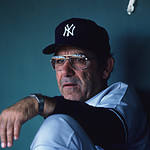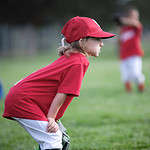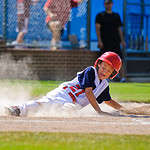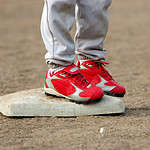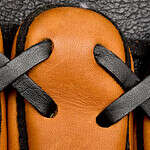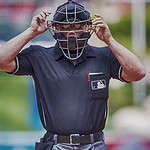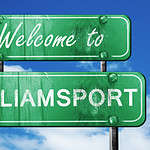When it comes to playing baseball, having the right equipment is essential. One of the most important pieces of equipment is the baseball glove. A properly fitting glove can make all the difference in catching a ball or not. But how do you know how to measure for a baseball glove?
The first step in measuring for a baseball glove is to determine your position. Different positions require different glove sizes and styles. For example, outfielders typically use larger gloves with deeper pockets, while infielders use smaller gloves with shallower pockets. Catchers use mitts with extra padding and no fingers, and pitchers often use gloves with closed webs for better ball control.
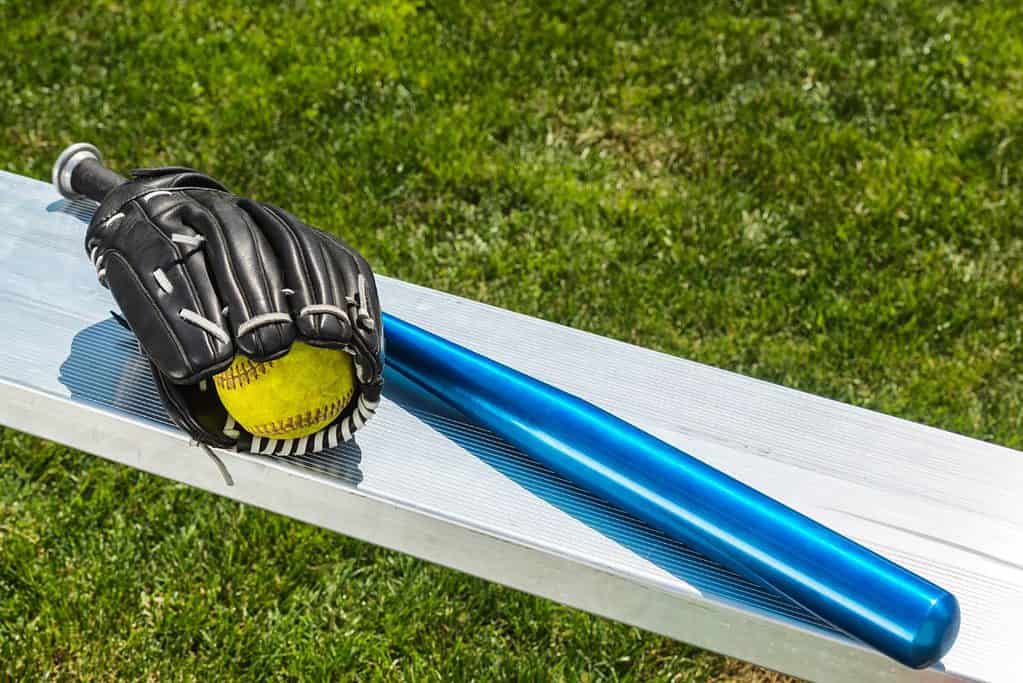
Once you’ve determined your position, you can measure your hand to find the right glove size. To do this, measure from the base of your palm to the tip of your middle finger. This measurement will give you an idea of the glove size you should be looking for. Keep in mind that different brands may have slightly different sizing, so it’s always a good idea to try on gloves before making a purchase.
Why Properly Measuring for a Baseball Glove is Important
When it comes to playing baseball, having a properly fitting glove is crucial. A glove that is too small or too large can negatively impact your performance on the field. That’s why it’s important to measure your hand and choose the right size glove.
One of the biggest reasons to measure for a baseball glove is to ensure a proper fit. A glove that is too small can make it difficult to catch the ball, while a glove that is too large can be cumbersome and make it harder to control the ball. A properly fitting glove will allow you to make quick and accurate catches, which is essential in a fast-paced game like baseball.
Another reason to measure for a baseball glove is to prevent injury. A glove that is too small can cause your hand to cramp, while a glove that is too large can cause blisters and other types of discomfort. By measuring your hand and choosing the right size glove, you can prevent these types of injuries and ensure that you’re comfortable on the field.
In addition to ensuring a proper fit and preventing injury, measuring for a baseball glove can also help you choose the right type of glove. Different positions on the field require different types of gloves, and measuring your hand can help you determine which glove is best for your position. For example, catchers typically use larger gloves with more padding, while infielders use smaller gloves that allow for quick movements.
Overall, properly measuring for a baseball glove is an important step in ensuring that you have the right equipment to perform at your best on the field. By taking the time to measure your hand and choose the right size and type of glove, you can improve your performance and stay comfortable and injury-free while playing the game you love.
Measuring for a Baseball Glove
If you’re looking to buy a baseball glove, it’s important to get the right size. A glove that’s too small or too big can make it difficult to catch the ball. Here are the steps to measure for a baseball glove:
Step 1: Determine Your Position
The position you play will determine the type of glove you need. Infielders typically use smaller gloves, while outfielders use larger gloves. Catchers and pitchers also have specialized gloves.
Step 2: Measure Your Hand
To measure your hand, place your dominant hand flat on a table with your fingers together and your thumb extended. Use a tape measure or ruler to measure from the base of your palm to the tip of your middle finger. This measurement is your hand size.
Step 3: Determine Glove Size
Once you have your hand size, you can use a chart to determine the appropriate glove size. Keep in mind that these are general guidelines and may vary depending on the brand and model of the glove.
| Hand Size | Glove Size |
|---|---|
| 6.25″ – 6.5″ | 10.5″ – 11″ |
| 6.5″ – 6.75″ | 11″ – 11.25″ |
| 6.75″ – 7″ | 11.25″ – 11.5″ |
| 7″ – 7.25″ | 11.5″ – 12″ |
| 7.25″ – 7.5″ | 12″ – 12.25″ |
| 7.5″ – 7.75″ | 12.25″ – 12.5″ |
| 7.75″ – 8″ | 12.5″ – 12.75″ |
| 8″ – 8.25″ | 12.75″ – 13″ |
| 8.25″ – 8.5″ | 13″ – 13.5″ |
| 8.5″ – 8.75″ | 13.5″ – 14″ |
It’s also important to consider your age and skill level when selecting a glove. Younger players may need a smaller glove, while more experienced players may prefer a larger glove.
By following these steps, you can ensure that you find the right baseball glove for your needs.
Understanding the Different Parts of a Baseball Glove
When measuring for a baseball glove, it is important to understand the different parts of the glove. The following sub-sections will give you an overview of the various parts of a baseball glove and their functions.
Palm
The palm of a baseball glove is the area where the ball makes contact with the glove. It is usually made of leather and is designed to be flexible and durable. The palm is the most important part of the glove and should be properly broken in before use.
Heel
The heel is the area of the glove that covers the wrist and the lower part of the hand. It provides support and protection to the hand and wrist. The heel is also where the glove is secured to the hand with a strap or lacing.
Webbing
The webbing is the part of the glove that connects the fingers to the palm. It is designed to trap the ball and prevent it from slipping out of the glove. The webbing can be either closed or open, depending on the position played and personal preference.
Fingers
The fingers of a baseball glove are the areas that cover the fingers of the hand. They are designed to be flexible and to allow for a good grip on the ball. The fingers are usually padded to provide extra protection and to help absorb the impact of the ball.
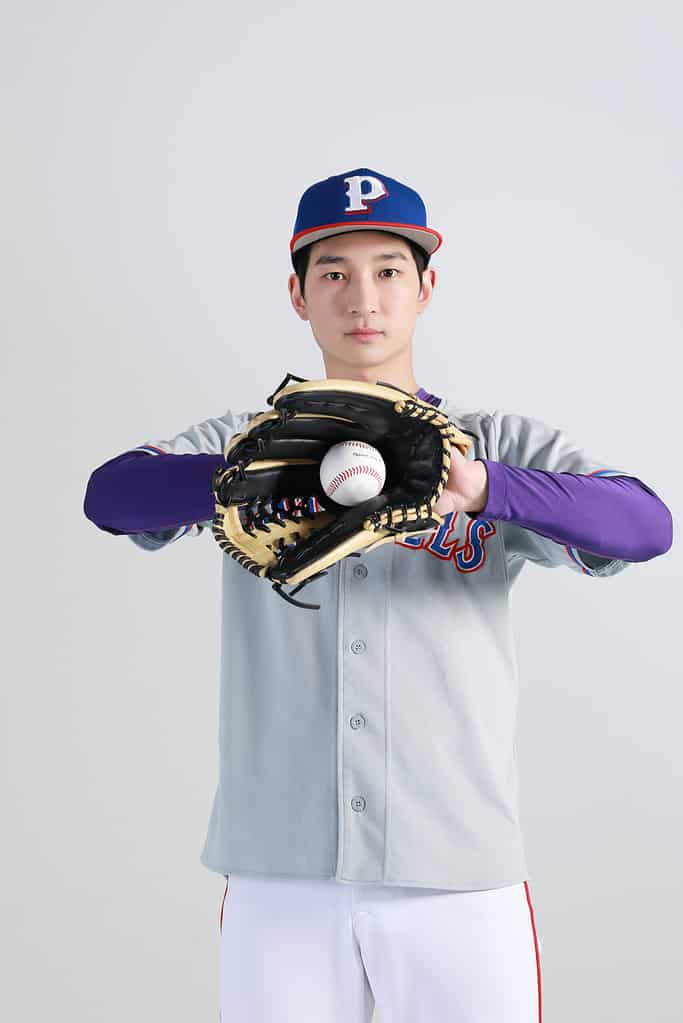
Padding
Padding is added to various parts of the glove to provide extra protection and to help absorb the impact of the ball. It is usually found in the palm, fingers, and heel of the glove. The amount of padding can vary depending on the position played and personal preference.
In summary, understanding the different parts of a baseball glove is essential when measuring for a glove. Each part of the glove has a specific function and is designed to provide support, protection, and flexibility. By knowing the different parts of a glove, you can make an informed decision when choosing the right glove for your needs.
Different Types of Baseball Gloves
When it comes to buying a baseball glove, there are several types to choose from, each designed for a specific position on the field. Here are the different types of baseball gloves:
Infield Gloves
Infield gloves are smaller and have a shallower pocket than other gloves. This design allows infielders to quickly retrieve the ball and throw it accurately. Infield gloves are typically 11 to 12 inches in size.
Outfield Gloves
Outfield gloves are larger and have a deeper pocket than infield gloves. This design allows outfielders to catch fly balls more easily. Outfield gloves are typically 12 to 13 inches in size.
Pitcher’s Gloves
Pitcher’s gloves are similar to infield gloves but are slightly larger. This design allows pitchers to conceal the ball better from the batter. Pitcher’s gloves are typically 11.5 to 12 inches in size.
Catcher’s Mitts
Catcher’s mitts are unique in that they have no fingers. Instead, they have a large, rounded pocket designed to catch fast-moving pitches. Catcher’s mitts are typically 32 to 34 inches in size.
First Base Mitts
First base mitts are similar to catcher’s mitts but have a longer, shallower pocket. This design allows first basemen to scoop up ground balls more easily. First base mitts are typically 12 to 13 inches in size.
When choosing a baseball glove, it’s important to consider the position you’ll be playing and select a glove that’s appropriate for that position. A well-fitted glove is also important, as it will help prevent injuries and allow for better performance on the field.
Understanding Webbing Types
When it comes to measuring for a baseball glove, understanding the different webbing types is crucial. The webbing is the part of the glove that sits between the thumb and index finger, and it plays a significant role in how the glove performs. Here are the five most common webbing types you should know:
Closed Web
The closed web is the most common webbing type, and it is best suited for infielders and pitchers. This webbing type features tightly woven leather that provides excellent durability and support. The closed web also helps to conceal the ball, making it more difficult for the batter to see the pitcher’s grip.
Modified Trapeze
The modified trapeze webbing is a combination of the closed web and the trapeze webbing. This webbing type is ideal for outfielders who need a larger glove to catch fly balls. The modified trapeze webbing provides excellent support while still allowing the player to see through the webbing.
Trapeze
The trapeze webbing is similar to the modified trapeze webbing, but it has a more open design. This webbing type is best suited for outfielders who need to catch fly balls. The trapeze webbing provides excellent visibility and allows the player to see through the webbing.
I-Web
The I-Web is a popular webbing type for infielders. This webbing type features a series of leather strips that form a “V” shape. The I-Web provides excellent visibility and allows the player to see through the webbing. This webbing type is also lightweight, making it easy to maneuver.
H-Web
The H-Web is another popular webbing type for infielders. This webbing type features a series of leather strips that form an “H” shape. The H-Web provides excellent visibility and allows the player to see through the webbing. This webbing type is also lightweight, making it easy to maneuver.
In conclusion, understanding the different webbing types is crucial when it comes to measuring for a baseball glove. Each webbing type has its own unique features and benefits, and it is important to choose the right one based on your position and playing style.
Tips for Properly Fitting Your Baseball Glove
When it comes to playing baseball, having a properly fitted glove is crucial for success. Here are some tips to ensure that your glove fits properly:
Breaking in Your Glove
Breaking in your glove is an essential step to ensure that it is comfortable and functional. To break in your glove, follow these steps:
- Apply a small amount of glove oil or conditioner to the glove.
- Use a ball or mallet to pound the glove’s pocket.
- Use a rubber band to keep the glove closed when not in use.
- Play catch with the glove to further break it in.
Adjusting the Wrist Strap
The wrist strap on your glove is crucial for ensuring a secure fit. To adjust the wrist strap, follow these steps:
- Put on the glove and adjust the strap so that it fits snugly around your wrist.
- Make sure the strap is not too tight, as this can restrict movement.
- Make sure the strap is not too loose, as this can cause the glove to slip off.
Choosing the Right Padding
The padding in your glove is also crucial for ensuring a comfortable fit. To choose the right padding, consider the following:
- Look for gloves with padding in the palm and fingers for added protection.
- Consider the position you play and the level of protection you require.
- Make sure the padding does not add too much weight to the glove.
Determining Pocket Size
Determining the right pocket size is essential for ensuring that your glove is effective. To determine the pocket size, consider the following:
- Look for gloves with a pocket that is deep enough to catch the ball.
- Consider the position you play and the type of ball you will be catching.
- Make sure the pocket is not too large, as this can cause the ball to slip out.
By following these tips, you can ensure that your baseball glove fits properly and is comfortable to wear.
Determining the Right Baseball Glove Size for Youth Players
When it comes to selecting the right baseball glove for a youth player, it is important to find one that fits properly. A glove that is too big or too small can negatively impact a player’s performance and comfort on the field. Here are some tips to help determine the right baseball glove size for youth players.
Using a Size Chart
One of the easiest ways to determine the right size of a baseball glove is to use a size chart. Most manufacturers provide a size chart that correlates glove size with age and position. However, keep in mind that these charts are just a general guide and may not apply to every player.
Measuring the Hand
Another way to determine the right size of a baseball glove is to measure the player’s hand. To do this, have the player place their dominant hand flat on a table with their fingers together and their thumb extended. Use a tape measure or ruler to measure from the base of the palm to the tip of the middle finger. The measurement in inches will correspond to the size of the glove.
Fastpitch Softball Gloves
For youth players who play fastpitch softball, it is important to note that softball gloves are typically smaller than baseball gloves. Softball gloves also have a deeper pocket and longer fingers to accommodate the larger softball. Make sure to select a glove specifically designed for softball to ensure the best fit and performance.
In conclusion, finding the right baseball glove size for youth players is crucial for their comfort and performance on the field. Use a size chart or measure the player’s hand to determine the appropriate size. For fastpitch softball players, make sure to select a glove designed for softball.
Conclusion
In conclusion, measuring for a baseball glove is a crucial step in ensuring that you have the right fit and feel when you’re out on the field. By following the steps outlined in this article, you can accurately measure your hand and choose the right size glove for your needs.
Remember that different positions on the field may require different types of gloves, so it’s important to consider your position when selecting a glove. Additionally, consider the type of webbing you want and the materials used in the construction of the glove.
When trying on gloves, be sure to test the fit by making a fist and seeing how the glove feels. The glove should fit snugly but not be too tight, and there should be enough room to move your fingers freely.
Overall, taking the time to measure for a baseball glove can make a big difference in your performance on the field. With the right glove, you’ll be able to make plays more confidently and comfortably, so don’t overlook this important step in your equipment selection process.
- UCLA Softball: Let’s Go Bruins! - February 12, 2024
- Youth Softball Helmet Buying Guide: Keep ‘Em Safe - February 12, 2024
- Youth Softball Pants: Our Top Picks for Your Top Player - February 12, 2024


